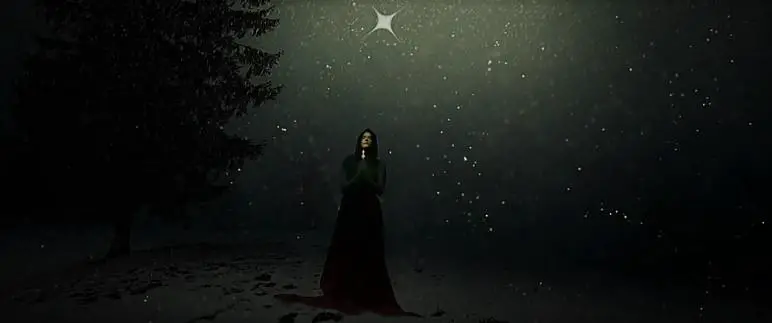Share the Lore!
By: Alex Postrado
Why Fairies Are Darker Creatures Than We Remember
In recent centuries, pop culture has painted fairies as tiny, humanlike creatures with silky wings and a sprinkle of magic.
Often winsome in appearance, as depicted in films, art, and literature alike, these otherworldly beings were seen by many as friendly and helpful keepers of nature.
We have the fairy-sorceress Glinda of The Wonderful Wizard of Oz, the iconic Fairy Godmother of Cinderella, the ever-spirited Tinkerbell of Peter Pan, and many others to prove that.
But, in actual folklore, the narrative is somewhat different.
Some stories note that, originally, fairies were mostly disagreeable creatures — fickle and mischievous at best, and perverted and downright corrupt at worst.
However, due to the lore of fairies coming, not from a single point of origin, but from a variety of folk beliefs rooted in multiple cultures, the moral nature of fairies oftentimes varies as well.
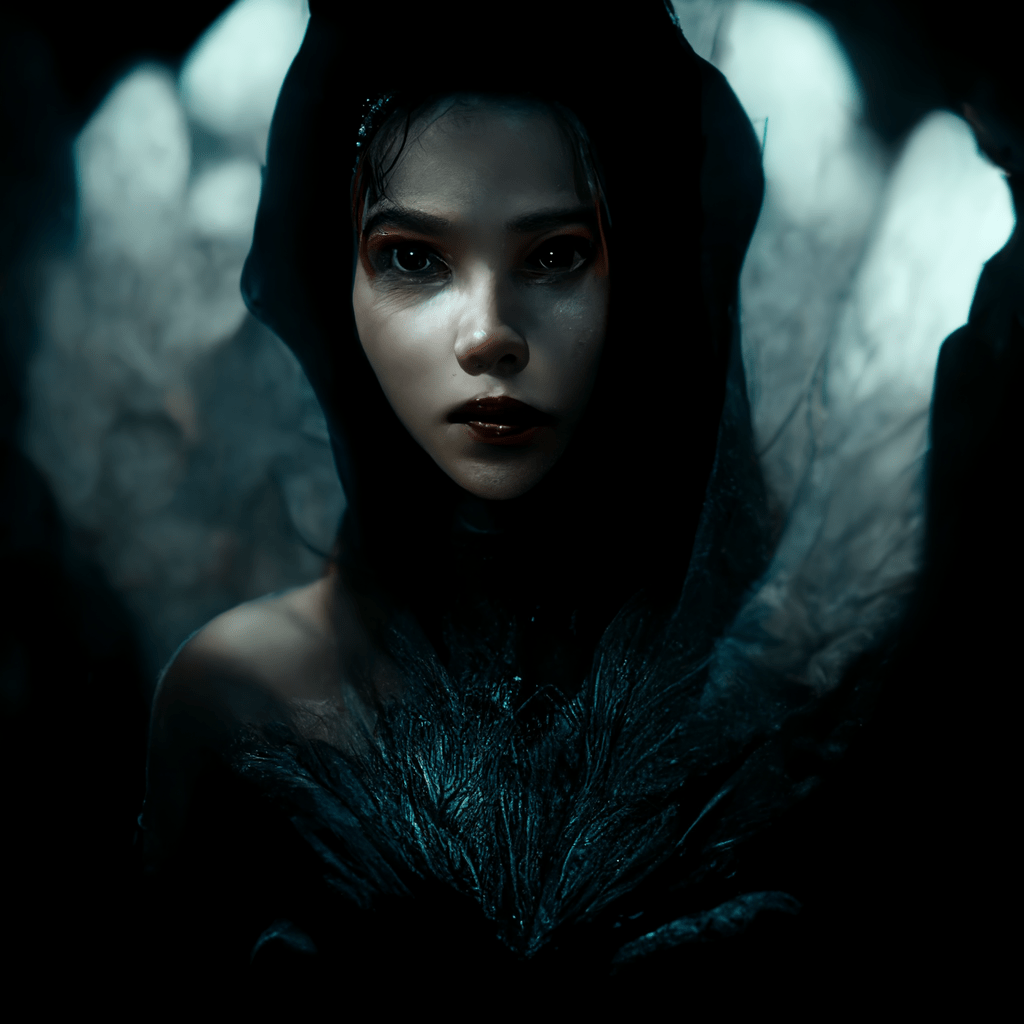
Be that as it may, the existence — at least in folktales — of evil fairies is rarely questioned.
But, with the outpour of rainbow-colored, Disney-inspired fairies we see in the media today, just how much do we know about the dark side of the Fair Folk’s lore?
A Brief History of Fairies
While the oldest record of fairies can be traced to 13th-century England, the belief in these supernatural beings possibly goes further back and stems in a different region.
In fact, proof of how fairies graced plenty of tales from plenty of countries across history can be found in the creatures’ very name — fairy.
The word fairy comes in many forms: fae, fay, fey, faerie, and faie — which all come from the Latin root fata or fatum, meaning “fate“.
As to which specific word to use typically varies depending on the region you are in or the culture you identify with.
For instance, in French — particularly Old French romance — the terms faie or fee were more favored. Though it used to refer to an almost completely different concept from the fairies we picture today — instead pertaining to women skilled in magic and the healing arts.
Fairies have also drawn breath in other cultures — mainly Celtic, Brythonic, Germanic, and Slavic.
And in each cultural and folkloric tradition, a similar yet still distinct form of fairies emerged.
The similarities in the concept of fairies from disparate bodies of traditions are usually bound in them having a strong inclination for mischief, along with their innate “metaphysical, supernatural, or preternatural” essence.
They are not animals, nor are they humans.
But they exist in the same world as ours while wielding magical powers that they can use for any purpose of their liking.
As it happens, though, this element of magic also makes way for the differences in the versions of the fairy lore.
Although some assert that fairies use their supernatural powers to either bless worthy humans on good days or otherwise play little tricks on them on the other, some believe that the case could also stray far from benign.
And it is in this foredoomed fusion of plain mischief and hints of malice that the darkest creatures of folklore often descend from.
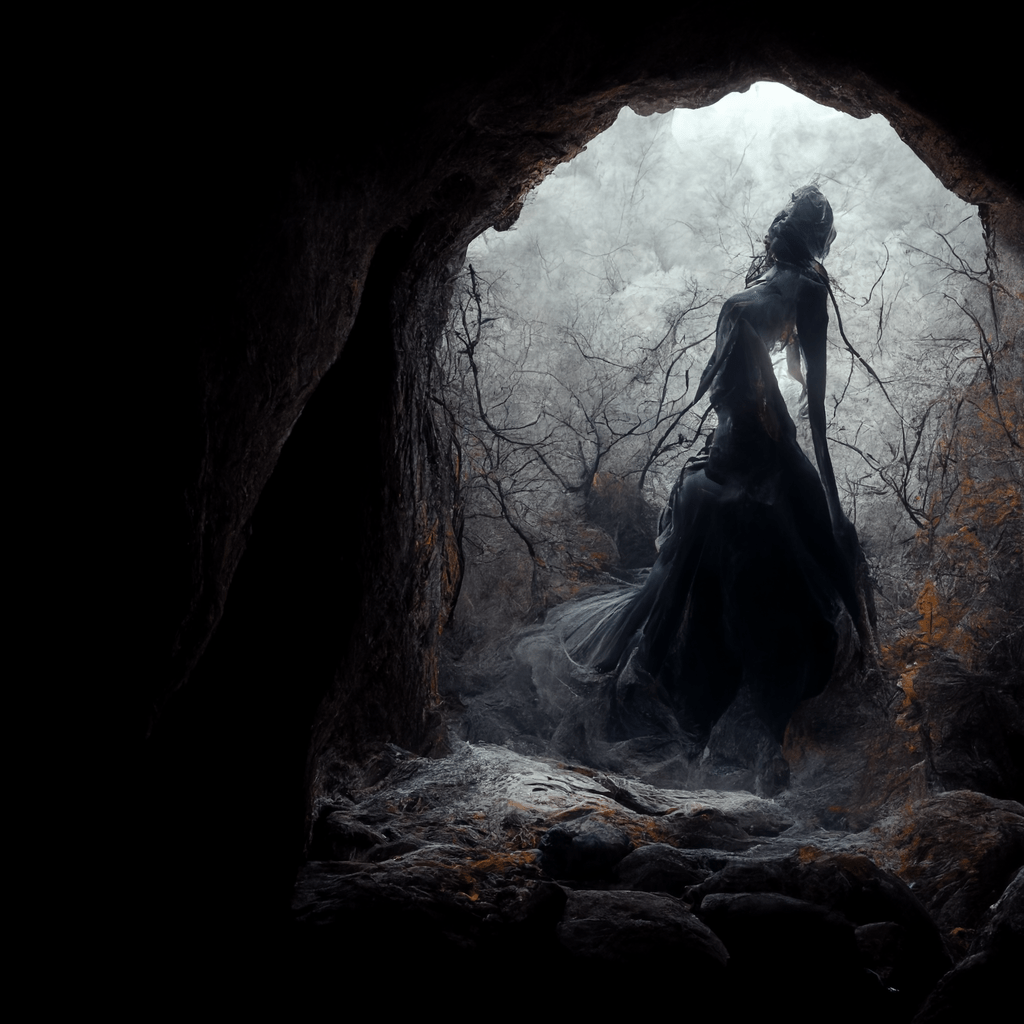
The Dark Side of the Fair Folk
There is a long-standing belief that fairies do not actually like the name fairy.
And so, people also call them other monikers of sorts, such as the Little People, the Hidden People, the People of Peace, the Good Folk, the Good Neighbors, the Gentry, and the Fair Folk.
But why these alternative names exist lies in the mercurial nature of fairies.
It is said that even the “good fairies” can be easily offended. So, while they may befriend you or grant your wishes on occasion, it would also work best for you not to get on their bad side.
Calling them the names that they — as the lore goes — find more respectful is one step toward not drawing their ire.
However, many a tale muses that it is not the good fairies people should actually worry about.
Bad is an understatement for the deep-dyed wicked fairies.
If there are two things to know about them, it would be that they disdain kindness and that they despise humans in general.
Stories tell us that there is practically no way for us humans to appease them. There are, however, “many ways to anger them“.
The worst part about it all is that, more often than not, they would not require a reason to harm anyone — just their plain old corrupt disposition.
Their activities could range from mildly harmful pranks, such as:
- Tangling the hair of their victims into elf-locks or fairy-locks;
- Messing with peoples’ sense of direction;
- Stealing small items;
- Robbing milk and butter;
- Confusing people;
To wilder, more menacing ones, the likes of:
- Biting their victims;
- Bringing people into trances;
- Getting them to act strangely or experience seizures in a manner called “fairy struck“;
- Cursing victims into nightlong dance frenzies until they waste away;
- Drowning them to their deaths;
- Turning them into beasts, objects, or anything apart from their human forms;
- Offering their souls to the Devil;
- Blighting crops;
- Causing sickness or plagues;
- Seducing men to either “dry them up” or enslave them;
- Kidnapping younger women to become their brides and older women to serve as their nursemaids;
- Murdering babies and children to exact vengeance upon certain families;
- Or abducting the unbaptized share of these young ones and swapping them with sickly changelings.
All of these — and more — elucidate just how foul these evil fairies can be. Although the question remains: what do we call them?
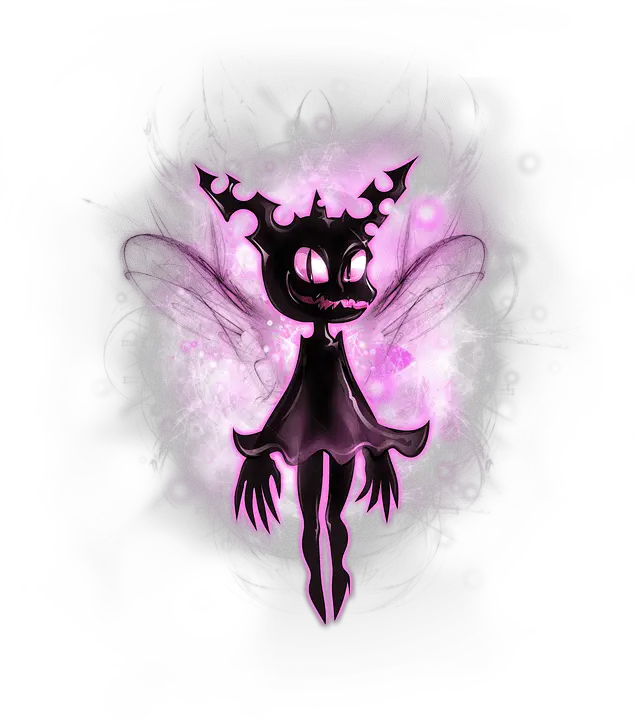
What is the Evil Ring of Fairies Called?
The dichotomy within the Fair Folk circle may be best presented in the names we use to divide and describe them.
The good ones are called the Seelie Court. These are fairies helpful to humans in some ways but are still dangerous when provoked.
On the other hand, the evil fairies make up the Unseelie Court. And unlike the prior type of fairies, these usher in torment just for the sake of it.
In Middle and Northern English, the root seely — from which the name the Seelie Court came from — means “lucky”, “happy“, or “blessed“.
Also spelled seelie, seily, and sealy — it works the other way around when the prefix “un-” is put in place.
Unseely means “misfortunate”, “unhappy”, or “unholy“. And the Unseelie Court’s other name became the Unblessed Court.
Unblessed, perhaps, in all the ways we could think of.
Physically, they are said to be deformed and ugly. And if truth be told, their intrinsic nature isn’t any different.
Most accounts suggest that Solitary Fairies — except for brownies — make up a large part of the Unseelie Court. Some Trooping Fairies — those that belong to the “fairy aristocracy” — also join the Unblessed ones from time to time.
But, of all the creatures of the Unseelie Court, it is the Sluagh — otherwise known as the Host or the band of unsanctified dead — that leads at the forefront of their sinister exploits.
Fall into the Sluagh’s clutches and expect bouts of harrowing beating, dragging across the dark sky, forced to shoot at cattle, or all of the above!
The Host, however, does not carry all the horrors of the Unseelie Court.
People may similarly encounter several other malevolent fairies if they are not careful enough, including:
- The easily-outraged Kobolds;
- The murderous goblin with a blood-soaked hat called Redcap;
- The child-kidnapping Tylwyth Teg;
- The sweet-talking, breaker of hearts, Gan Ceanach;
- The vampiric seducer, Leanan Sídhe;
- The fire-spitting Mother of the Devil, Caorthannach;
- The single-eyed, single-handed, and single-legged Fachan;
- And the skinless demon-horse, Nuckelavee, among many others.
Against the Unseelie Court
It goes without saying that just about no one would want to cross paths with any of the members of the Unseelie Court.
They are ruthless and they sneer at the very thought of compassion and mercy.
That is to say, more likely than not, those who stumble upon them would instantaneously experience the stuff of nightmares!
So, what can you do to protect and defend yourself from this evil circle of fairies?
You can try:
- Hanging an iron horseshoe — or anything iron-built for that matter — anywhere in your house;
- Always keep a four-leaf clover with you;
- Wearing charms or amulets made of various herbs, especially rowans which are sacred to the Hidden Folk;
- Ringing chimes or bells when passing by alleged fairy hotspots;
- Keeping a cockerel nearby your house to frighten off fairies with its crow;
- Turning your clothing inside out when walking outside during any night of the holy days;
- Not straying too close to fairy forts;
- And not chopping off fairy trees or Thorn trees.
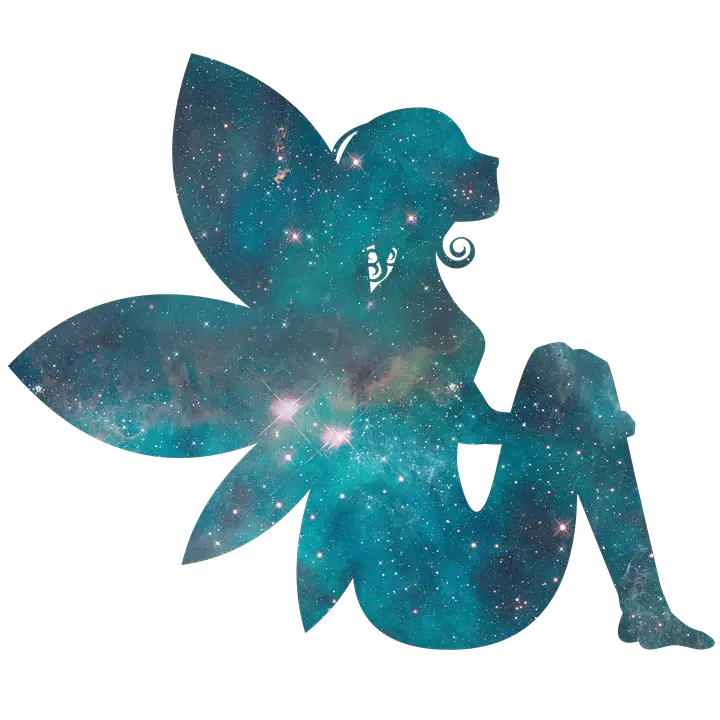
Still, others contend that fairies — be they good or evil — do not actually exist. That they are only mythical characters from tales of a distant past.
Of course, manifold beliefs and traditions tell us otherwise.
But, real or not, fairies have solidified their place in human history, literature, art, and culture. Perhaps, we can settle with that.
And, as for these evil fairies, specifically — having known the kinds of mayhem they could stir up, who would even dare to prove that they exist anyway?
References:
A Dictionary Of Fairies: Hobgoblins, Brownies, Bogies, And Other Supernatural Creatures Fairies - Occult World The Origins Of Fairies What Are Evil Fairies? Seelie Court And Unseelie Court - Occult World The Biggest Reasons Why Fairies Are Evil Mythical & Folklore Names - Fairies World Top 12 Scary Fairy Monsters And Spirits: Fae Folklore Explored
